1. Bohuslän (Västra Götaland county)
Bohuslän in the county of Västra Götaland is undoubtedly one of the most beautiful areas of the west coast. It is an ideal spot for an array of solo and group activities such as hiking, camping, sailing and kayaking, around the island of Långeskär off the coast.
How to get there: Local trains (organized by Västtrafik) are available from Gothenburg, Uddevalla, Munkedal, Tanum and Strömstad, while buses connect with other destinations. By car, the E6 is the main road. The E6 was damaged in a landslide at the end of 2023 and was still not fixed at the beginning of March 2024, meaning you may need to take a detour.
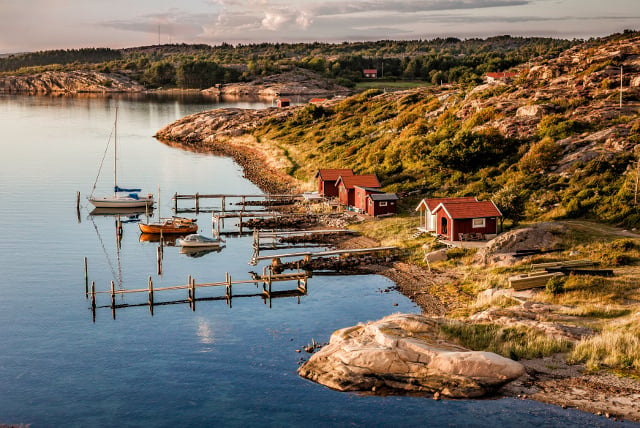
2. Åre (Jämtland County)
Who said Åre was only about skiing? The breathtaking landscapes of this hilly part of the Jämtland municipality in northwest Sweden makes it a destination of choice during the warmer days. Through various activities such as hiking, biking or even paragliding, you can discover the stunning scenery of snowless Norrland. We are sure the meadows of Ullådalen or the Välliste fell will quickly win you over.
How to get there: SJ run trains daily from Stockholm, Gothenburg and Malmö, while there are also daily domestic and occasional international flights to Åre Östersund airport. By car, the easily accessible E14 road connects with Åre.
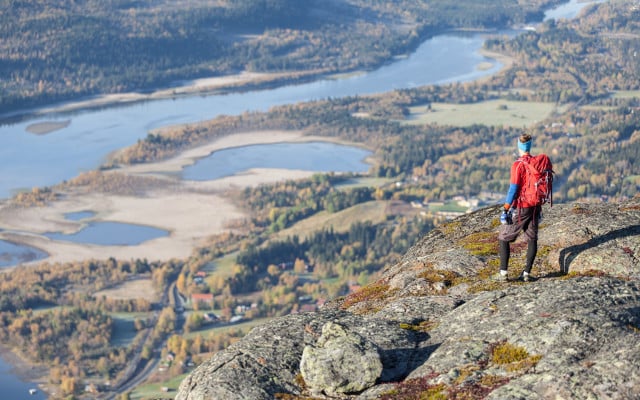
3. Fårö (Gotland county)
The island of Gotland is undeniably a travel staple when the harsh winter days are gone. Attracting tourists from all over the world, the region offers countless landscapes and activities for its visitors, such as hiking, camping, sailing or simple leisure.
Take advantage of the quieter springtime days to visit Fårö, an island just of north the main island. Famous for its unique “rauks” (ancient rock formations known in English as stacks), Fårö’s beaches offer stunning sights for the coast enthusiasts out there. Everyone else, worry not! Gotland is among the most cycle friendly places in Sweden, if you’re more into sightseeing on two wheels.
How to get there: Gotland’s capital Visby is accessible by ferry from Oskarshamn in Kalmar county and Nynäshamn in Stockholm county. You can also travel by air from Stockholm (both Arlanda and Brömma airports), Gothenburg and Malmö. Fårö is then accessible by car or passenger ferry.
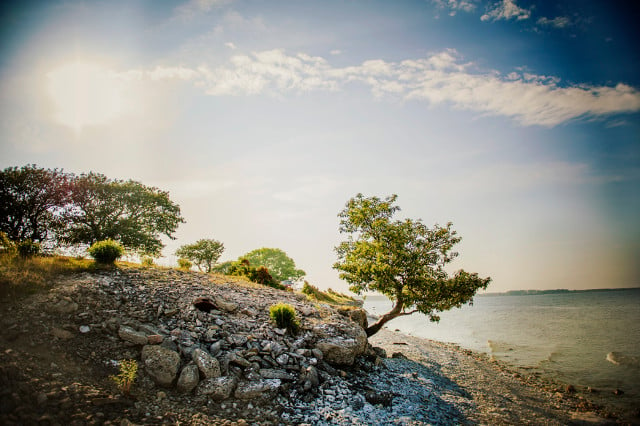
4. Kristinehamn (Värmland county)
Travellers to Kristinehamn can not only enjoy outdoor activities on the beautiful shores of lake Vänern (Sweden and the EU’s largest lake) but also take a look into the past by visiting the Järsberg Runestone, which dates back to the 6th century.
How to get there: Regular trains link the city to Stockholm, Gothenburg and Oslo. Kristinehamn is also 40 minutes away from Karlstad Airport and Örebro Airport. Several main roads connect Värmland to the rest of Sweden and Scandinavia.
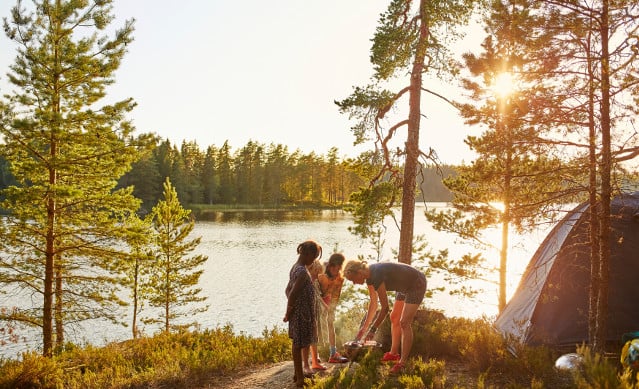
5. Kungsleden (Västerbotten county)
There may be less chance of seeing northern lights in the spring, but Kungsleden is definitely worth the journey. It is the longest hiking trail in the country, stretching over 440 km from Abisko to Hemavan, and therefore a staple for trek aficionados. The four sections of the trail each take around one week to cross, so be sure to clear your schedule.
If you do not wish to travel all the way to Lapland, try Ångermanland, its neighbouring southern historical province, which boasts the second longest hiking trail, the famous Höga Kusten Hike (High Coast Hike).
How to get there: To get to Kungsleden, Abisko is reachable by train from Stockholm and by train and bus from Kiruna. To get to Ångermanland, Örnsköldsvik Travel Center is reachable by bus or train, and is connected to the start of the hike by bus. Buses from Stockholm (Y-buss) are also available.
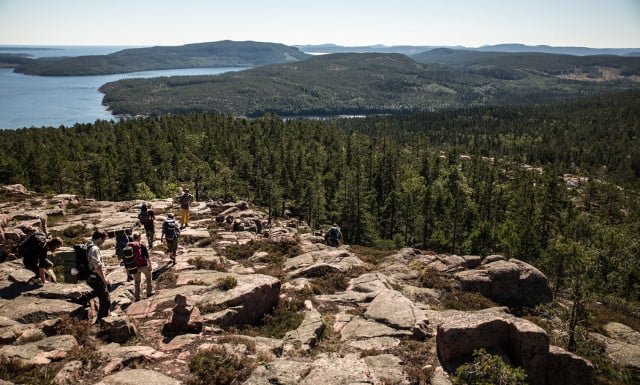
6. Naturbyn (Värmland county)
Lost between the spruces, the Naturbyn resort is an ideal place for couples and families visiting the Långserud area of Värmland county. In this microvillage which seeks to instill a tradition of ecotourism, guests live in simple huts and are in communion with nature. To discover the many wonders of Värmland, you can paddle through Lake Eldan by canoe or go for a hike. Naturby also offers group activities such as outdoor yoga or organized canoe trips.
How to get there: By car, Naturbyn is accessible through the E45 from Gothenburg, E18 from Stockholm and E6 from Malmö. SJ trains and local trains are also available.
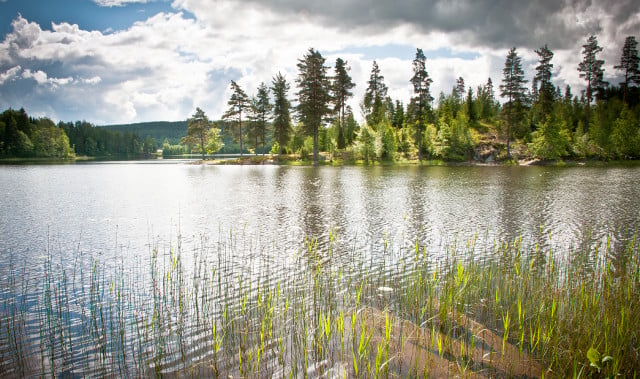
7. Mjällådalen (Västernorrland county)
Located in Västernorrland, this ecological wonder makes it worth a visit to the big north. Mjällåden is a group of stunning valleys and unique landscapes located on a geological hotspot. Signposted paths and a bridge across the river allow travellers to hike through the valleys and witness the diverse flora and fauna that Mjällåden is famous for. You can also fish and try smoking your catch in a traditional rökkåta (smoking hut)!
How to get there: Train lines link Timrå to several cities like Umeå. Sundsvall Timrå airport is located within the municipality and has daily flights to Stockholm, Gothenburg and Luleå.
8. Stockholm archipelago (Stockholm county)
While Stockholm is no hidden gem for travellers in Sweden, its archipelago is often overshadowed by the mainland. Venturing through the multitude of small islands will make you forget you’re so close to the big city. If you live in east central Sweden and have not visited them yet, it is the ideal way to enjoy the sunnier days without the burden of travelling too far.
How to get there: Waxholmsbolaget is the marine public transport system daily travelling to hundreds of destinations in the Stockholm archipelago. The many bridges and rich infrastructure makes it possible to reach several of the islands by car or public transport.
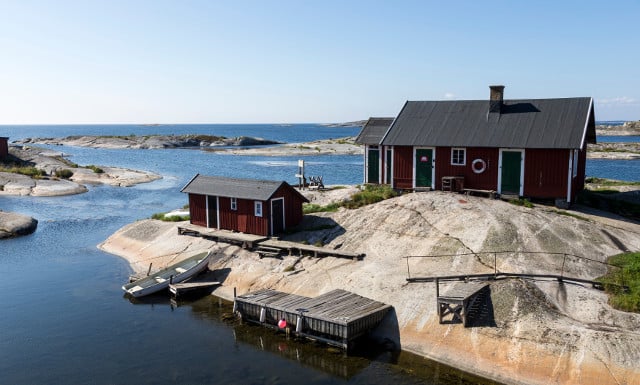
9. Karlskrona (Blekinge county)
Fancy a weekend down south? The capital and largest town of the Blekinge archipelago made it on a list of prettiest towns in 2016. Karlskrona can offer warmer temperatures than the rest of the country due to its southern position, but also has a beautiful port and cultural activities around the maritime identity of the city. Several camping spots border the coastal area, but you can also choose to stay in old fishermen’s cabins for the full maritime experience.
How to get there: Ronneby Airport in Kallinge is reachable by shuttle bus. Karlskrona can also be reached by train from Malmö, Kristianstad, Stockholm, Gothenburg, and Emmaboda to name a few.
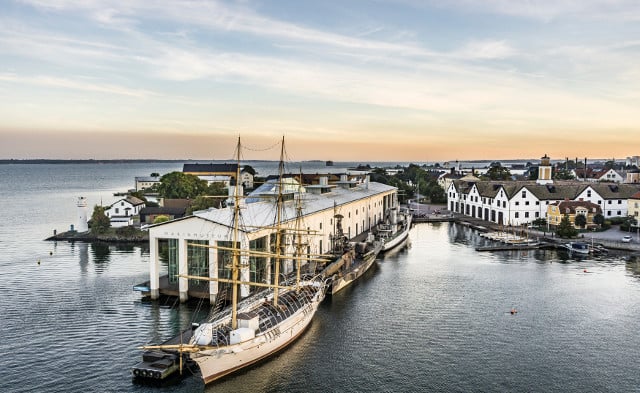
10. The Scandes
Mountain enthusiasts should definitely consider paying a visit to the Scandinavian Mountains (or Scandes for short). This mountain range, stretching across Norway, Sweden and Finland, is an international destination for hiking and climbing. The gentler temperature in spring allows travellers to witness the particularly rich flora and fauna of the range. Note however that the journey is easier when travelling by car than when relying on public transport.
How to get there: A train line from Stockholm runs all the way to Narvik in Norway, stopping by Kiruna and Abisko. Local trains offer several other connections.


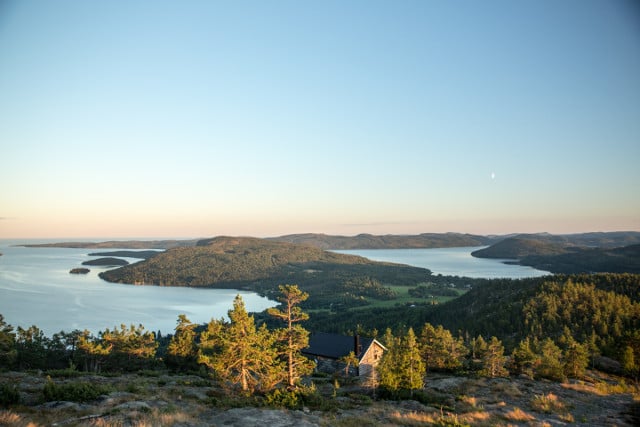

 Please whitelist us to continue reading.
Please whitelist us to continue reading.